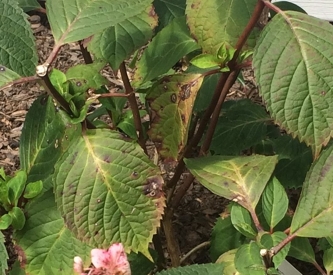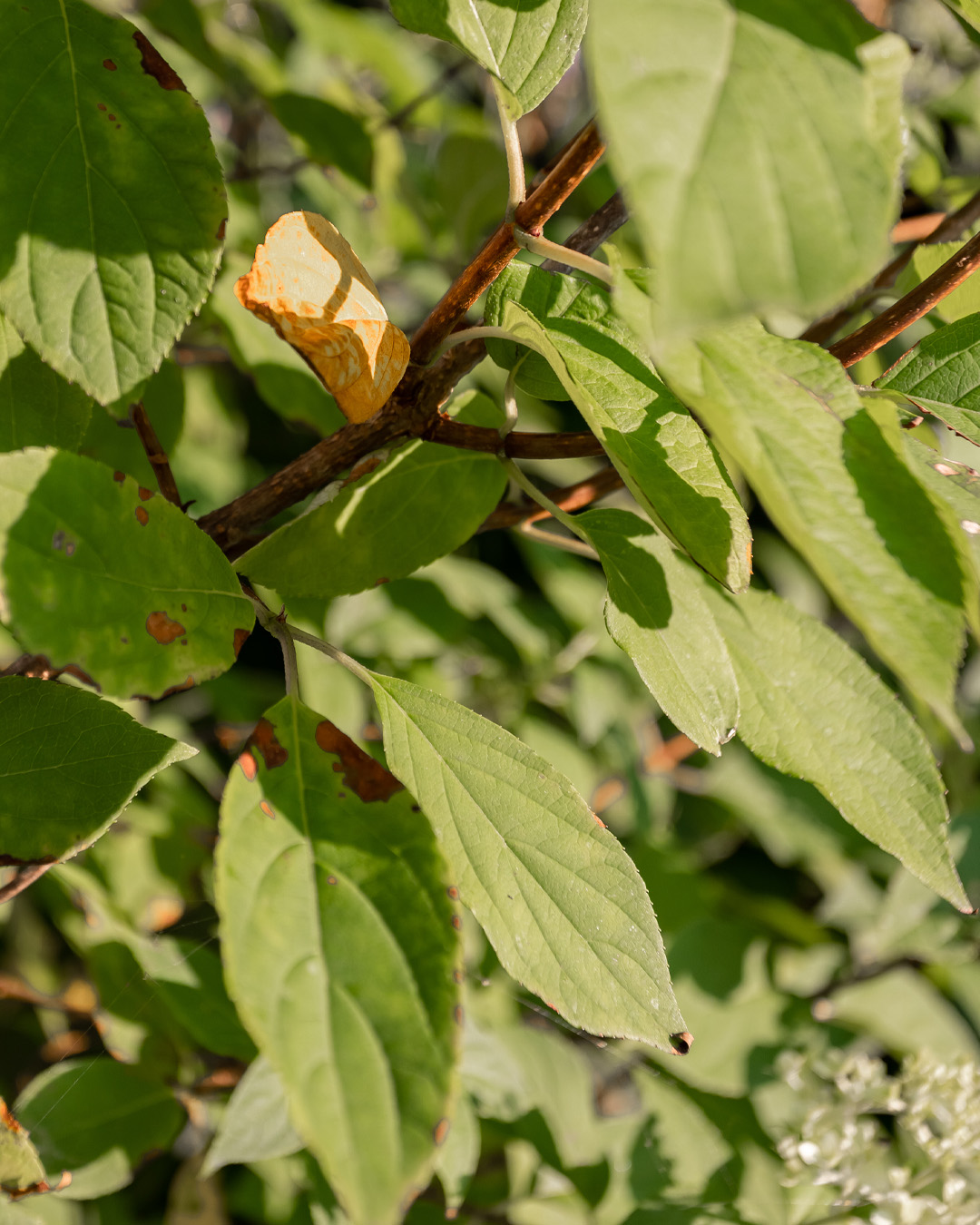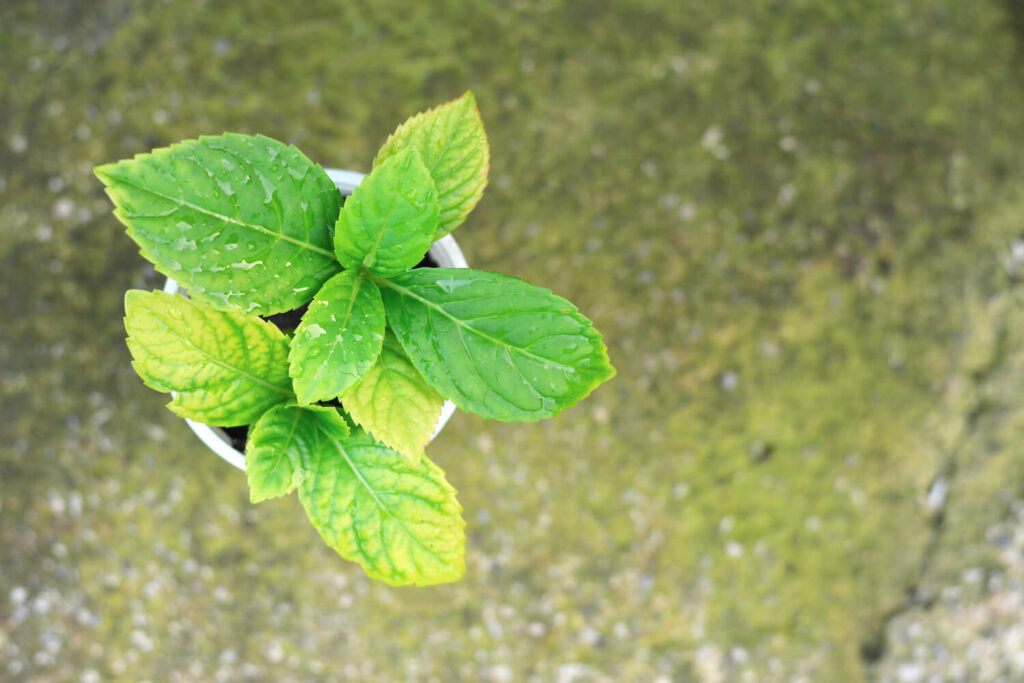Getting The Hydrangea Leaves Turning Yellow To Work
An Unbiased View of Hydrangea Leaves Turning Yellow
Table of ContentsWhat Does Hydrangea Leaves Turning Yellow Do?More About Hydrangea Leaves Turning YellowFacts About Hydrangea Leaves Turning Yellow UncoveredHydrangea Leaves Turning Yellow for Beginners
Large leaves usually look saggy throughout the mid-day warmth. When they fail to perk up in the night or still look shrivelled in the morning, your plant can be overwatered.Get rid of the plant from the soil and trim out any roots that aren't white and swollen (plump). Replant in a brand-new location or work some sand right into the dirt for better drain. Underwatering also triggers entrusts to transform yellow with brownish, crunchy sides. Don't try to remedy the trouble by watering excessively.
Add a bit of distilled water, stir the ingredients, and drain the extra water. Place a p, H screening strip in and wait for an analysis.
The most effective way to do that is with soil amendments. Sphagnum moss or peat moss avoids the dirt from compacting and betters dirt drainage while additionally increasing the soil's level of acidity. You can spread sulfur chips in your hydrangea soil as well. The most convenient method is to simply use a plant food that assists preserve the correct level of acidity in the dirt while likewise feeding the plant.
Hydrangea Leaves Turning Yellow Can Be Fun For Everyone
This is one good factor to repot houseplants on a regular basis (though there are others, such as root advancement for instance). It is likewise why houseplants call for a much more stringent fertilizing regular than the majority of outdoor plants. When a hydrangea houseplant is lacking in nutrients, its leaves will be the very first to show the signs.

The majority of fluid fertilizer calls for dilution with water to minimize the concentration rather. You will certainly additionally need to fertilize the plant by hand and normal intervals. When spring starts in March, it's the energetic growing period for several houseplants, consisting of hydrangeas. Now, you should start your feeding routine. Apply liquid plant food to your hydrangea since this things, as I stated previously, is fast-releasing.
The dripline is the area situated under the vegetation that is the outermost away from the center of the plant. Rather than using feed to the facility of the plant it is best to concentrate it mostly in the outer locations of the pot. If you prefer to utilize a slow-release fertilizer such as granular or spike plant food, then cover either kind with some soil after you place them.
Some Of Hydrangea Leaves Turning Yellow

Although the hydrangea is surprisingly frost-resistant, once temperatures start obtaining into the 20s, the plant remains in severe danger. If the temps remain in the low 10s, that danger is a lot more severe still. Obviously this is even more of a concern with outside plants so if you keep potted hydrangea outside you need to bring them inside your home in really winter conditions and even consider transferring them inside for the period of the winter.

A dehydrated hydrangea, A huge problem with many houseplants is root rot. Origin rot takes place when you overwater a plant and due to the fact that it is such an usual trouble (specifically with succulents) lots of houseplant proprietors are scared of overwatering their plants. Hydrangeas call for even more watering that most other common houseplants and can become dried out when they are underwatered.
The Definitive Guide for Hydrangea Leaves Turning Yellow
They need large amounts of water, yet they likewise despise to grow in standing water or water soaked soil. Be absolutely certain that your hydrangea is dehydrated as a result of a lack of water and not due to it be provided excessive water (more on this later). Realize before you get hold of that watering can that an overwatered hydrangea displays the same signs and symptoms as an underwatered one! Overwatering is a serious problem if you cut corners on its water needs even a little bit, your hydrangea will be quick to reveal it.
, you will swiftly tell if the plant needs water. To obtain your hydrangea watering habits on the right track, you require to be mindful regarding the wetness levels in its soil.
When you eliminate your finger from wet dirt it will have percentages of soil deposit adhered to it. Dry soil will certainly suggest your finger comes out clean or with completely dry soil that is easily surprised. If it's damp, and the plant has yellow leaves after that the plant has likely been overwatered and you will require to comply with the guidance given up the area below.